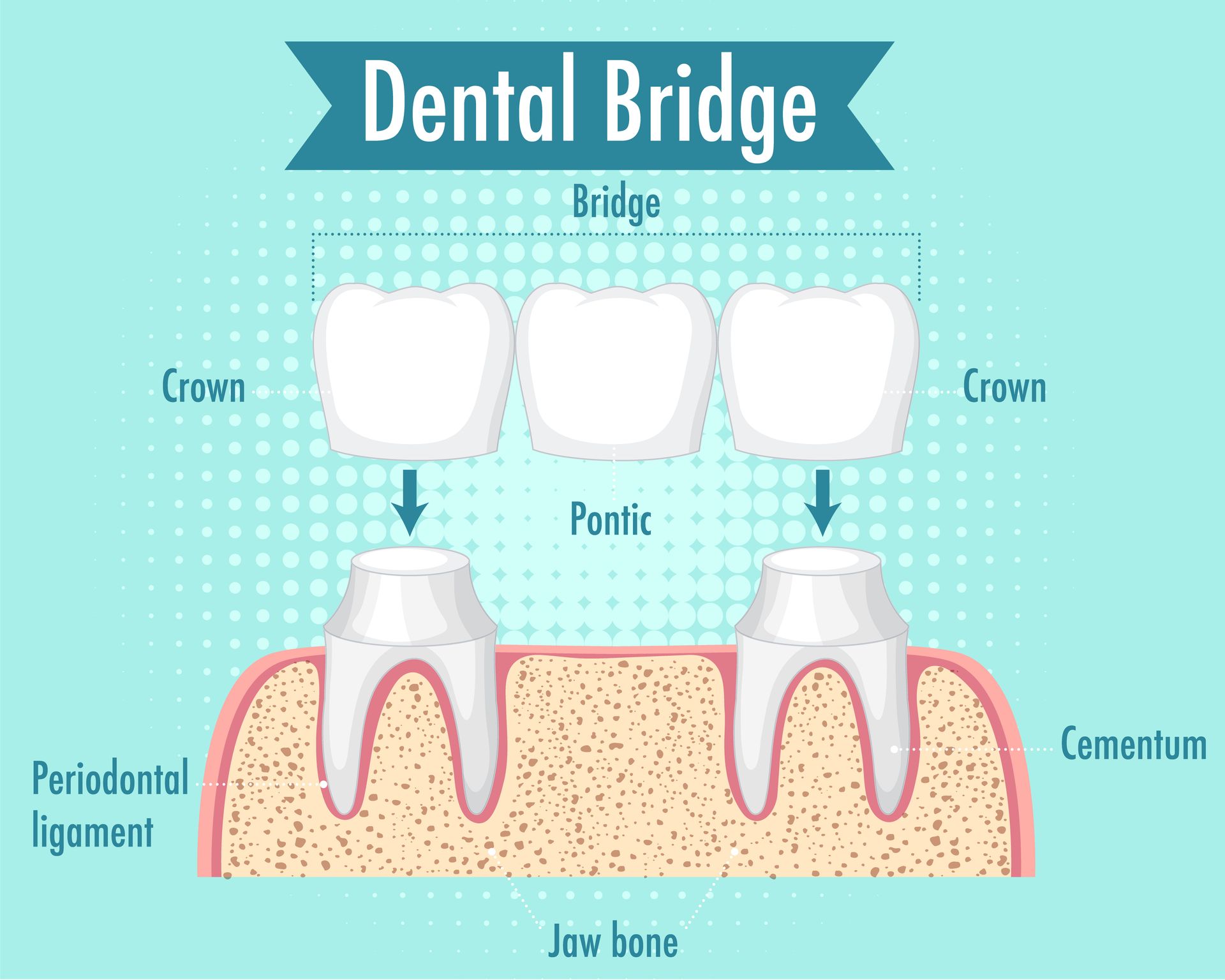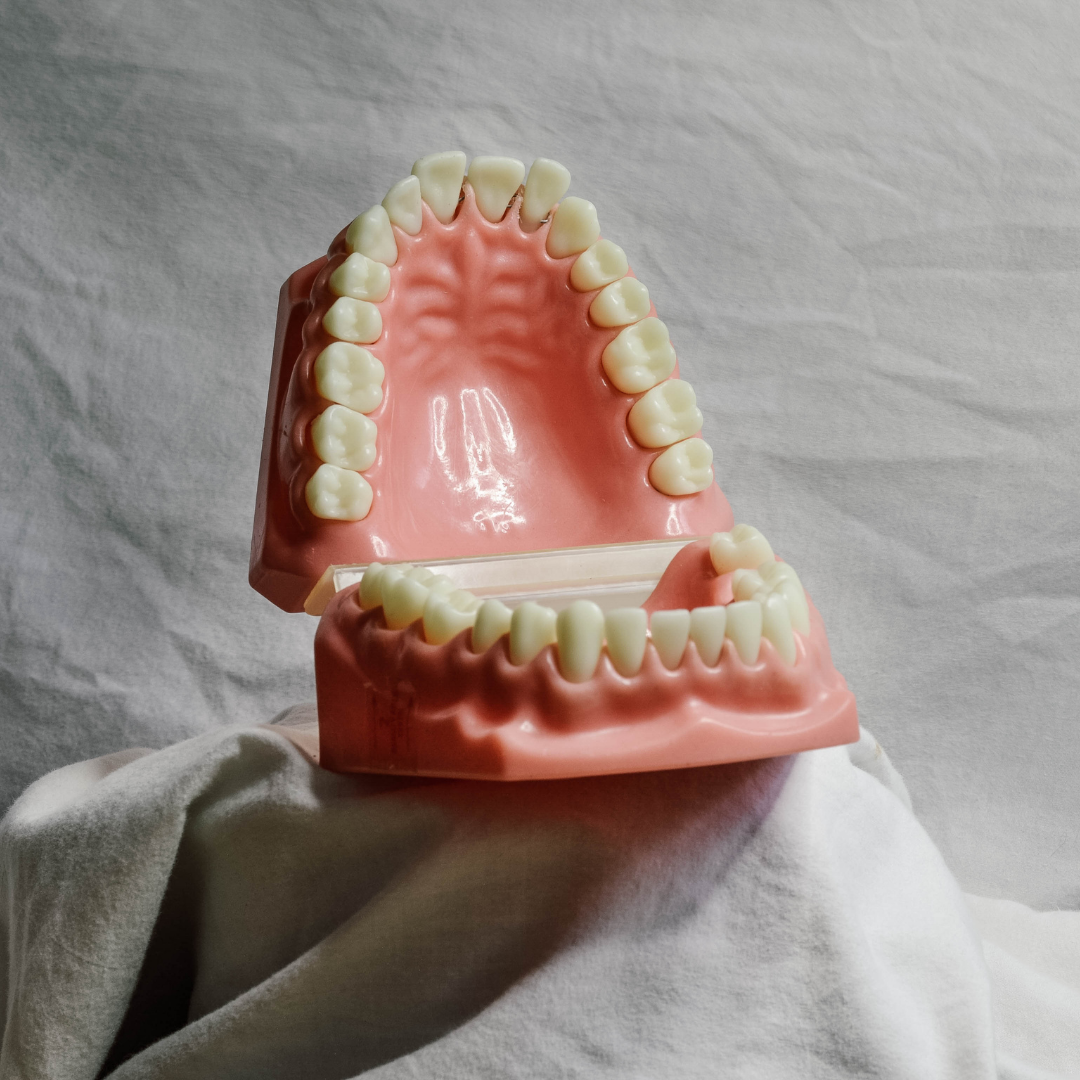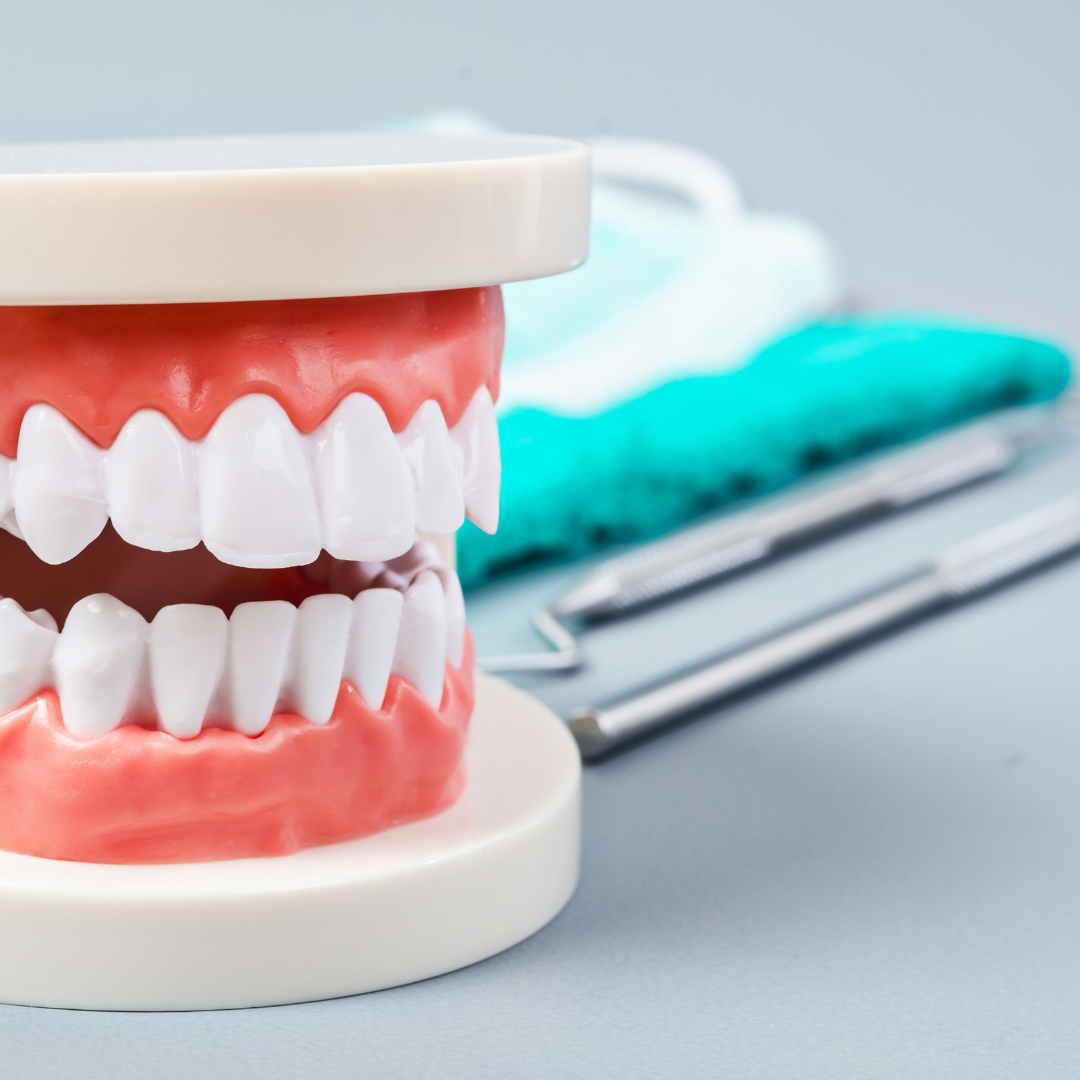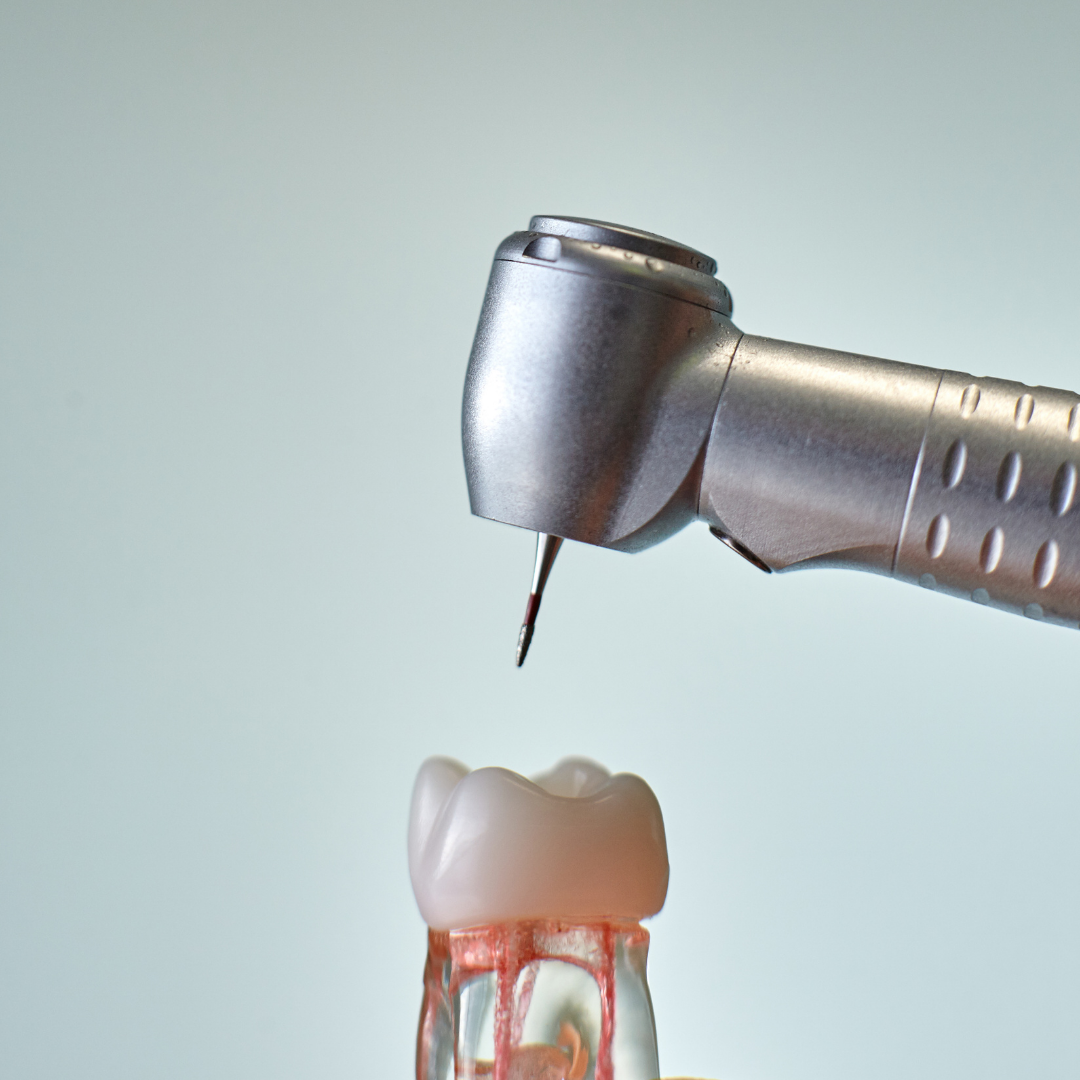Understanding the Lifespan of Porcelain Dental Bridges

Introduction
Dental health is an integral part of our overall well-being. It's not just about having a beautiful smile; it's also about maintaining good oral hygiene and ensuring that our teeth are in the best possible condition. For those who have lost one or more teeth, porcelain dental bridges have become a popular solution. But how long does a porcelain dental bridge last? In this blog post, we will delve into the lifespan of porcelain dental bridges and what factors can affect their durability.
What Are Porcelain Dental Bridges?
Before we discuss their lifespan, it's important to understand what porcelain dental bridges are. As the name suggests, they are dental appliances made from high-quality porcelain that 'bridge' the gap created by one or more missing teeth. They consist of two or more crowns for the teeth on either side of the gap (these two or more anchoring teeth are known as abutment teeth) and a false tooth/teeth in between.
Porcelain is a popular choice for these bridges due to its strength, durability, and ability to mimic the natural color and translucency of real teeth. This makes porcelain dental bridges both functional and aesthetically pleasing.
The Lifespan of Porcelain Dental Bridges
So, how long does a porcelain dental bridge last? On average, with proper care and maintenance, a porcelain bridge can last between 10 to 15 years. However, some may last even longer – up to 20 years or more – depending on various factors such as oral hygiene habits, dietary choices, regular check-ups with your dentist, and overall health.
Factors Affecting The Durability Of Porcelain Dental Bridges
1. Oral Hygiene: Good oral hygiene is paramount in prolonging the lifespan of your porcelain bridge. This includes regular brushing (at least twice daily), flossing (especially under the bridge), and using an antiseptic mouthwash to prevent plaque build-up and gum disease.
2. Regular Dental Check-ups: Regular visits to your dentist for professional cleaning and examination can help detect any potential issues early, thus extending the lifespan of your porcelain bridge.
3. Diet: A diet high in sugar and acidic foods can erode the dental cement used to hold the bridge in place, leading to loosening of the bridge over time. Therefore, a balanced diet is essential for maintaining the longevity of your porcelain dental bridge.
4. Overall Health: Conditions such as diabetes or osteoporosis can affect oral health and, consequently, the durability of dental appliances like porcelain bridges.
Maintaining Your Porcelain Dental Bridge
To ensure that your porcelain dental bridge lasts as long as possible, it's crucial to take good care of it. Here are some tips:
- Brush and floss regularly: Use a soft-bristle toothbrush and non-abrasive toothpaste to avoid scratching the porcelain. Floss under the bridge daily to remove food particles and prevent gum disease.
- Avoid hard or sticky foods: These can damage or dislodge your bridge.
- Don't use your teeth as tools: Using your teeth to open packages or bite nails can damage both natural teeth and porcelain bridges.
- Visit your dentist regularly: Regular check-ups will allow your dentist to spot any potential issues early on.
Conclusion
Porcelain dental bridges are an excellent solution for those missing one or more teeth, offering both functionality and aesthetics. With proper care, they can last between 10-15 years, if not longer. However, their lifespan is influenced by several factors including oral hygiene habits, dietary choices, regular dental check-ups, and overall health conditions. By maintaining good oral hygiene practices and visiting your dentist regularly for check-ups and professional cleanings, you can ensure that your porcelain dental bridge remains in excellent condition for many years to come.









